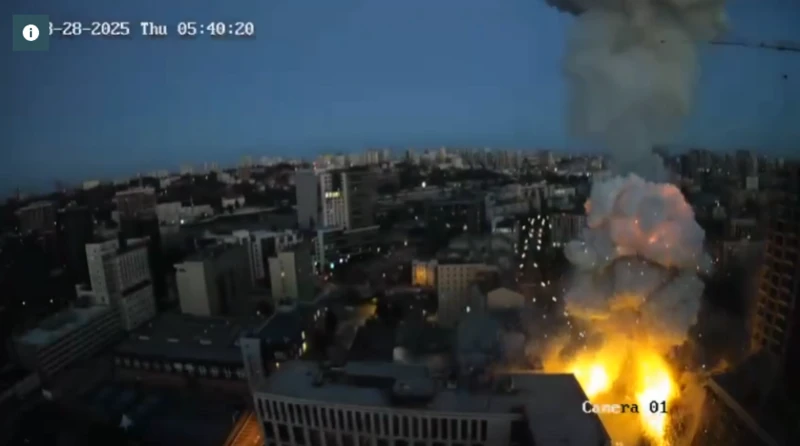Mapping the Impact: Areas of Ukraine Hit by Russian Strikes
The recent barrage of Russian missiles against Ukraine has left a trail of devastation, sharply bringing into focus the critical importance of accurately locating areas of Ukraine hit by Russian strikes. This process is not merely an academic exercise; it is essential for understanding the scope of the tragedy, coordinating emergency response, and holding aggressors accountable for their actions. Among the many distressing images emerging from these attacks, one piece of CCTV footage circulating on social media has drawn significant attention for its graphic depiction of a missile slamming into a residential apartment complex. This single clip tells a much larger story about the nature of modern conflict and the deliberate task of locating areas of Ukraine hit by Russian strikes to confirm the truth on the ground.
Through meticulous verification and geolocation techniques, analysts and journalists have confirmed that this particular building struck was situated directly across the street from the British Council’s office in the very heart of Kyiv’s city center. This places the impact zone in an affluent and culturally significant district known as Cherepanova Hora. This area is far from a strategic military target; it is a vibrant hub of civilian life, home to major attractions such as the iconic Kyiv Planetarium and the massive Olympic Stadium, which hosted the final of the UEFA Euro 2012 championship. The precision involved in locating areas of Ukraine hit by Russian strikes here reveals an attack on a civilian neighborhood, a fact that underscores the severe humanitarian crisis unfolding.
The broader effort of locating areas of Ukraine hit by Russian strikes across the city paints a somber picture of widespread suffering. Ukrainian officials have reported that these coordinated attacks have killed at least 17 people, a number which heartbreakingly includes four children, and have wounded dozens of others. Each confirmed location adds a layer to this tragic narrative—a damaged hospital in one district, a shattered shopping mall in another, and residential apartments like the one in Cherepanova Hora. This process of mapping and verification is crucial for the world to comprehend the full extent of the assault on urban centers and civilian infrastructure. It transforms abstract headlines into tangible evidence, showing that the strikes are devastating communities, tearing families apart, and destroying the cultural and social fabric of entire cities. The continuous work of locating areas of Ukraine hit by Russian strikes ensures that each act of destruction is recorded, remembered, and recognized as a part of the immense cost of this ongoing war.
Go To Main Page

